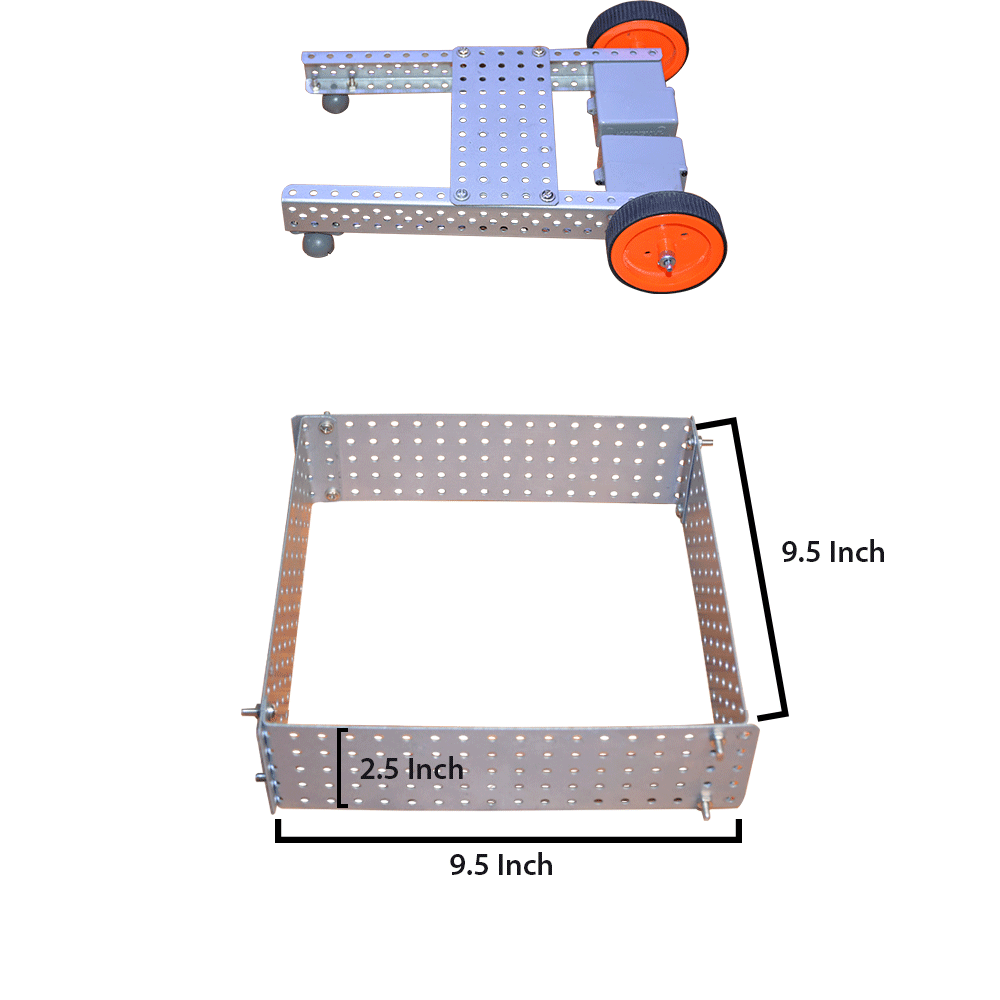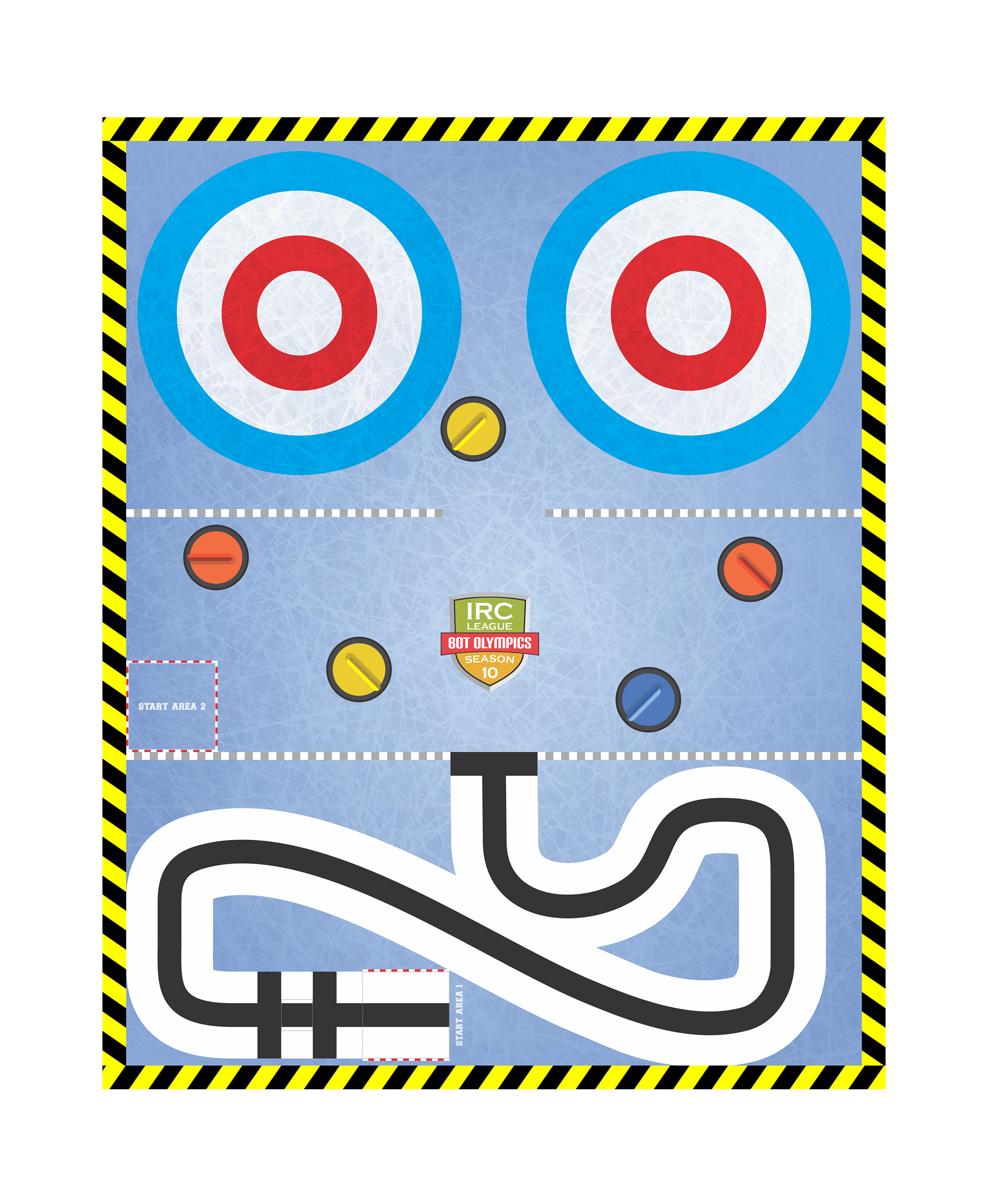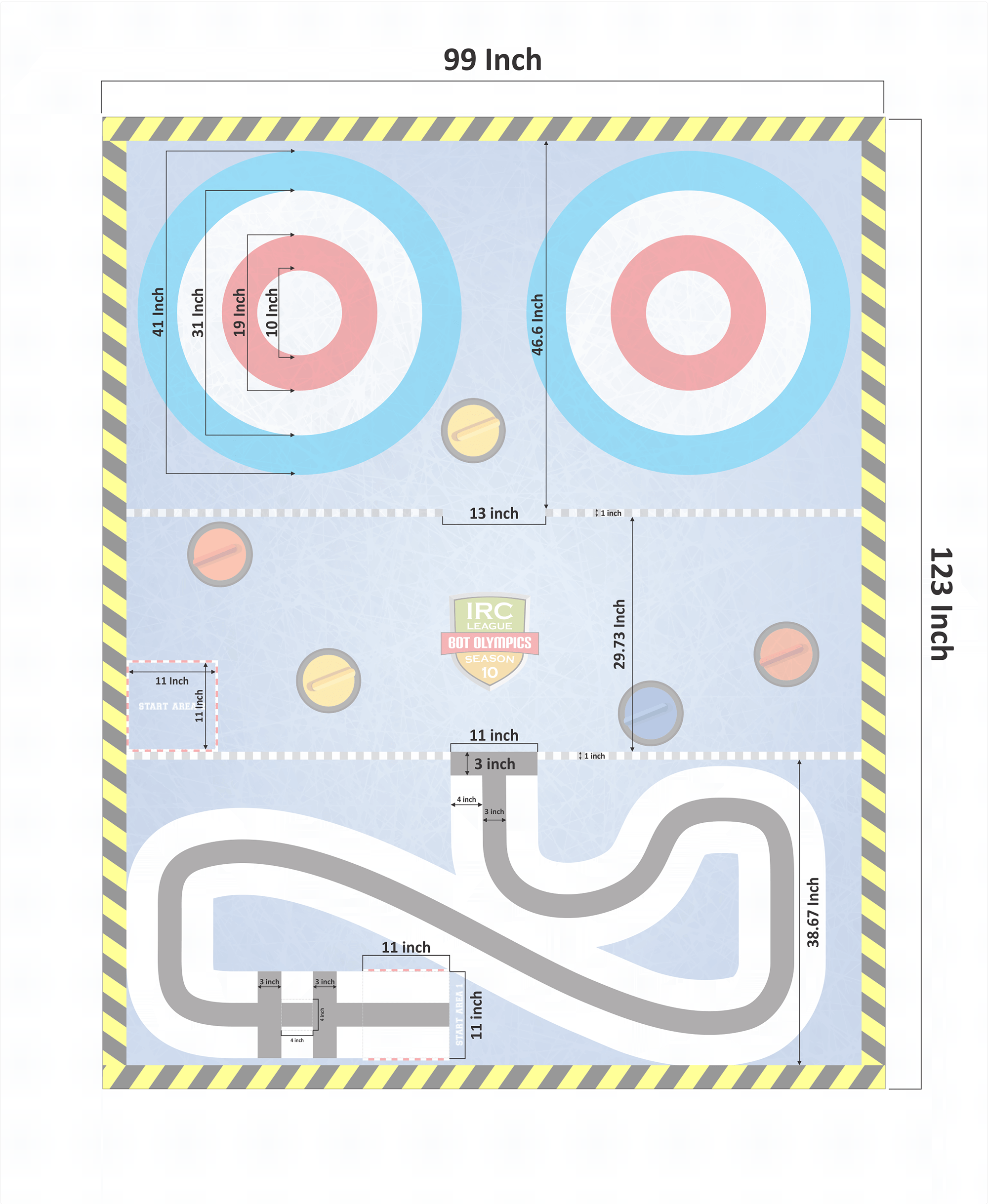IRC SCHOOL LEAGUE
Middle LEVEL PROBLEM STATEMENT
Problem Statement
To build one Autonomous and one Manual Robot that can carry out the game of Curling in Bot-Olympics.
Real World Inspiration
Curling is a sport in which players slide stones on a sheet towards a target area which is segmented into concentric circles. Teams take turns sliding stones, also called rocks, across the sheet towards the house, a circular target marked on the sheet. The purpose is to accumulate the highest score for a game; points are scored for the stones resting closest to the center of the house at the conclusion of each end, which is completed when teams have thrown all of their stones.
Actual Task Description
Robots are tasked to collect the stones from the given area and pass it to another robot to take it towards the target area and then throw on the target area to score points (Score is explained below in Scoring section).
Bot Information
| Name of the bot | Start Area | Maximum Size | Task |
|---|---|---|---|
| Bot 1 - Name of Bot need to be decided by the participants | Start Area 1 | Length: 9.5 Inches Width: 9.5 Inches Height: No limit | Bot 1 is tasked to collect the stones from its designated area and pass it to Bot 2 while following the black line till the Passover zone. |
| Bot 2 - Name of Bot need to be decided by the participants | Start Area 2 | Length: 9.5 Inches Width: 9.5 Inches Height: No limit | Bot 2 is tasked to collect the stone from Bot 1 (at the passover zone) and push/throw it through the Hog Line towards the target area to gain scores. Hog Line is created as a wall type structure of around 6 inches in height with an opening towards target area. |
Arena Information
Start areas
Start area 1 is the start area for the first bot and Start area 2 is the start area for the second bot. And where robots will be kept at the start of the run.
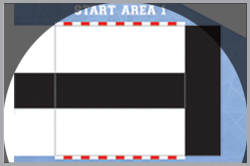
Start Area 1

Start Area 2
Track
The Track (Including white area) is the area on which robot needs to move and remove (drag or pick/place) the stones.

Track
Pick Up Area
This is the area from where the new Stones need to be picked by Bot 1.
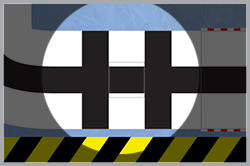
Pick Up Area
Passover Zone
Passover zone is the area where Bots have to pass the stone from one area to another.

Passover Zone
Wall (Gate) Structure
This is a PVC structure in the middle of Arena. This structure has two gates, one for collecting the stone and other to hit the stone in the target area. None of the bots should touch this structure in any way.
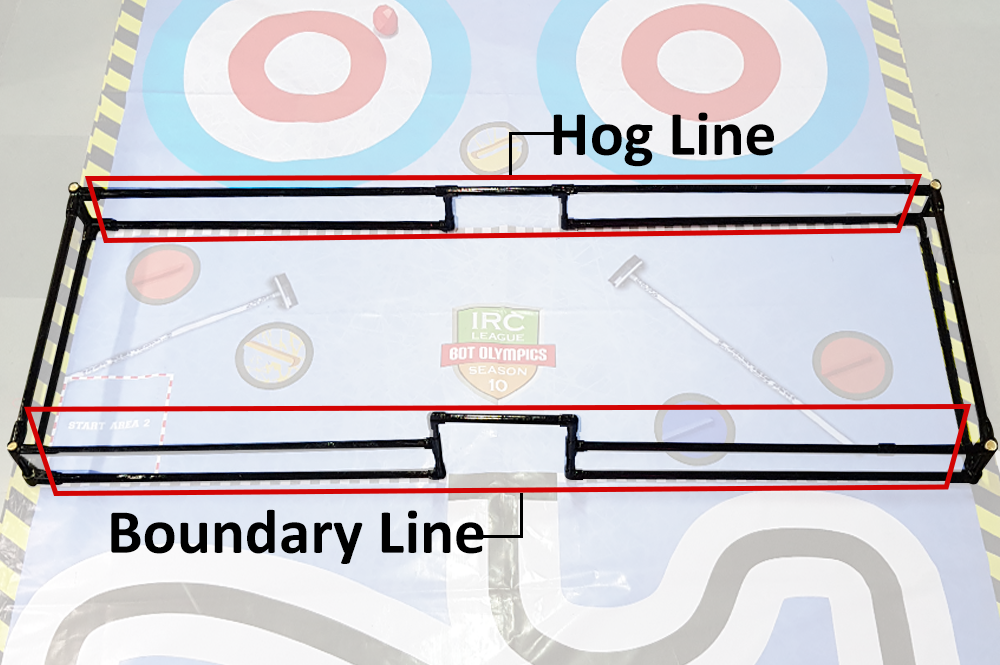
Wall (Gate) Structure
Boundary Line
Boundary line is the limit/Border for Bots. None of the Bots can cross the Boundary line in any situation.
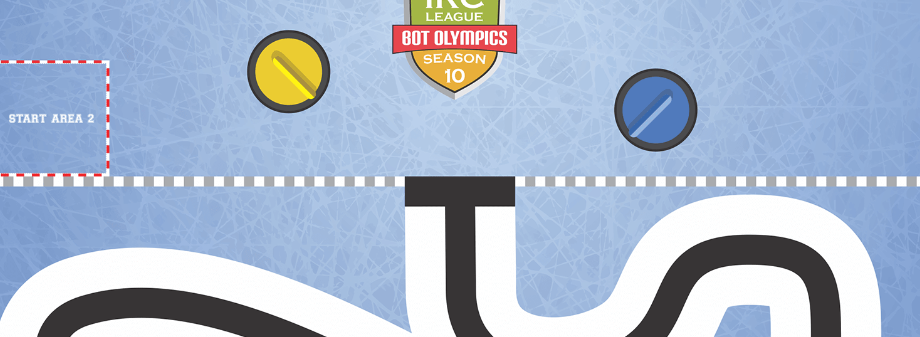
Boundary Line
Hog Line
Hog line is the also the limit/Border for Bots. None of the Bots can cross this Hog line in any situation. This line need to be used for Bot2 to push the stone for scoring.
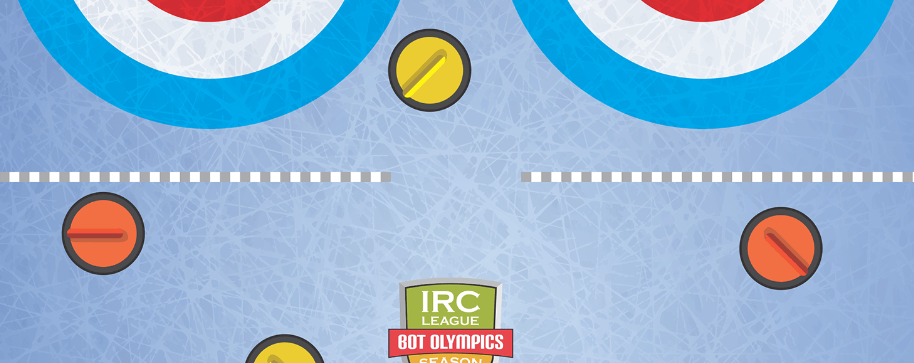
Hog Line
Target Area
This is the area where the stones have to be thrown to gain scores. Different colored areas indicate different scoring. More the thrown stone is near the central white circle, more the scores teams get.
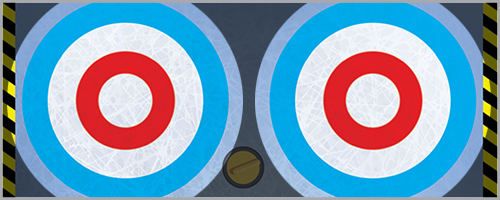
Target Area
Arena & Props
| Arena Length : | 123 Inches(Including Boundary) | 117 Inches(Working Area) |
| Arena Width : | 99 Inches(Including Boundary) | 93 Inches(Working Area) |
| Arena Boundary : | Height - 6 Inches | Height - 6 Inches |
Working Area need to be kept in mind while designing the bots. Bot should never attempt to cross working area. A boundary may be kept along the border (out of working area) and this boundary position and orientation may differ from Arena to Arena and time to time. It shouldn't matter to bots being designed by keeping working area in mind.
Arena Details
Prop Details

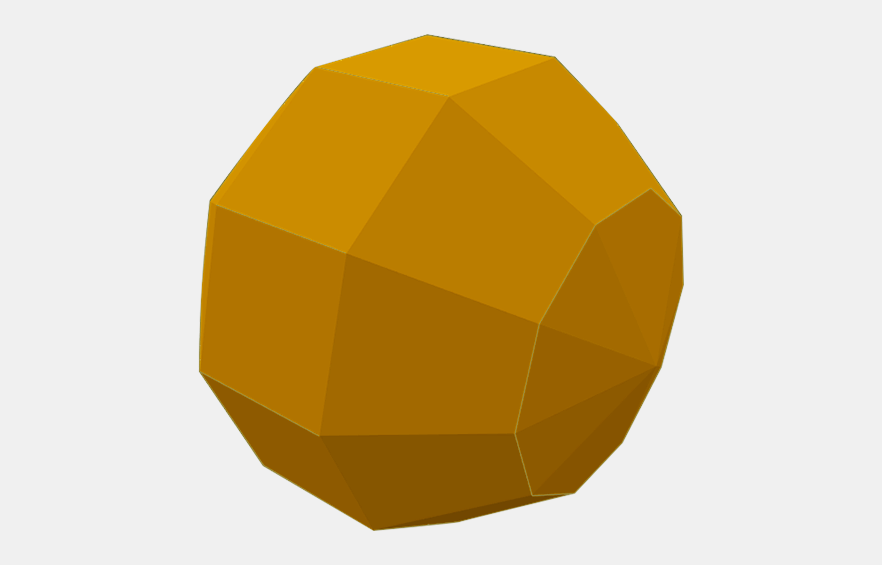
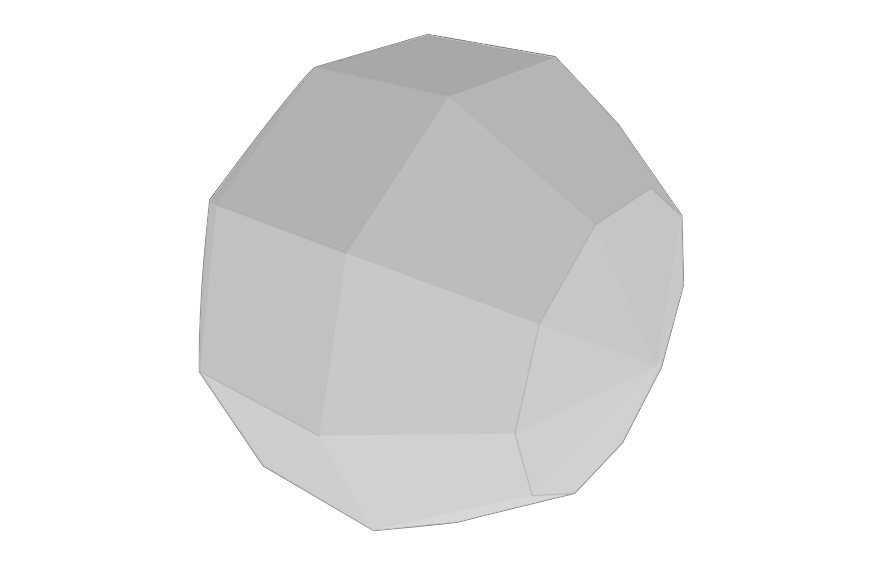
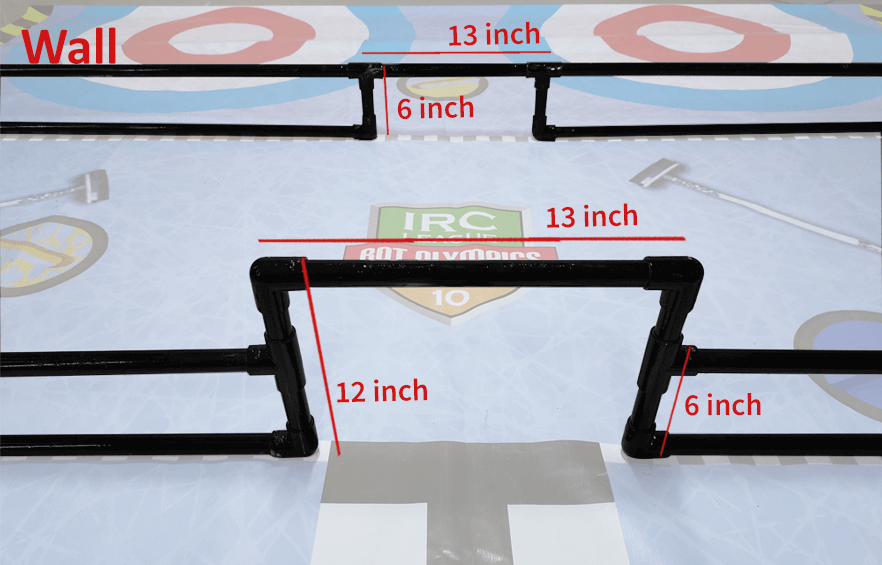
Props Description
| Prop name | Colors | 3-D Printing Details |
|---|---|---|
| Stone | Any | Layer Height: 0.3mm Shell Thickness: 1.2mm Infill type: Hexagon Infill Density: 8% Print Speed: 60mm/s 3-D File: GX OBJ |
Arena Tasks
Tasks of Bot 1:
- Start Position: Start Area 1
- Bot needs to follow the given track of black line
- While following the track Bot needs to collect the 1st Stone from the Pick Up Area.
- After reaching the intersection line at the Passover zone, Bot has to pass this stone to the other Bot
- Bot need to return to the Pick Up Area to collect other Stones
- All 4 collected stones need to be passed onto the other bit at Passover zone.
- End Position: Passover Zone Boundary Line
Tasks of Bot 2:
- Start Position: Start Area 2
- The bot has to collect the stone from Bot 1 at Passover zone.
- After collecting the stones Bot 2 will carry them towards Hog Line for the target area
- As it reaches near the Hog line adjacent to the target area, Bot 2 will push/throw the stone on the target to gain scores
- Above steps need to be repeated for all the 4 stones being passed by Bot 1.
- End Position: Any where between boundary line and Hog line while not touching any of the lines.
DEVIATION: There are restrictions on movement of both the bots. A deviation will be counted, if these restrictions are not adhered to. For Autonomous bot (Bot 1), a deviation will be counted if, at any time it doesn't follow the track line or cross the boundary line. Also, Bot2 should neither cross Hog Line nor the boundary line ever, if it does, a deviation will be counted.
NOTE: Bot 2 (the manual bot) cannot touch the stone in the target area.
Important Points during the run
- It is the responsibility of the team to make sure they call DONE, when all the 4 stones are thrown to the target area.
- "Calling out DONE" doesn't necessarily mean to call out the word done, it means that the team should indicate to the referee in any way that the team is done with the run and would want to get the scores.
- Bonus points will be awarded only when all the tasks (for both the bots) of the run are completed fully. This also means that the second run will not be provided.
Bot 1 and Bot 2 need to have their names on them.
Scoring
Type of Scoring - Mid match / End of match
| Task description | Score for each prop | Total Score |
|---|---|---|
| Bot 1 successfully able to collect the stone from its designated area (Points will be awarded for each Stone) Scoring Method: Mid Match |
50 | 200 |
| Bot 1 successfully able to reach the Passover zone and pass the stone (Points will be awarded for each Stone if it is completely detached from the bot and boundary line) Scoring Method: Mid Match |
50 | 200 |
| Bot 2 successfully able to throw the stone through the Hog line opening towards the target area (Points will be awarded for each Stone) Scoring Method: Mid Match |
50 | 200 |
| Bot 2 successfully able to place the stone in the Red color area (Points will be awarded for each Stone) Scoring Method: End Match |
50 | 200 |
| Bot 2 successfully able to place the stone in the Blue color area (Points will be awarded for each Stone) Scoring Method: End Match |
40 | 160 |
| Bot 2 successfully able to place the stone in the Center White area (Points will be awarded for each Stone) Scoring Method: End Match |
100 | 400 |
| Bot 2 successfully able to place the stone in the Outer White area (Points will be awarded for each Stone) Scoring Method: End Match |
60 | 240 |
| Bot 2 successfully able to place the stone partially with Centre white and Red color area (Points will be awarded for each Stone) Scoring Method: End Match |
50 | 200 |
| Bot 2 successfully able to place the stone partially with outer White and Red color area (Points will be awarded for each Stone) Scoring Method: End Match |
40 | 160 |
| Bot 2 successfully able to place the stone partially with outer White and Blue color area (Points will be awarded for each Stone) Scoring Method: End Match |
30 | 120 |
| Bot 2 successfully able to place the stone partially with Blue and outer color area(textured) (Points will be awarded for each Stone) Scoring Method: End Match |
20 | 80 |
The Scoring Methods
There are two ways scoring can happen for a run:
- END-OF-MATCH SCORING - Most of your score depends on the conditions/design of props/arena exactly at the end of the match. Following are important reference points for this kind of scoring:
- The arena/props are the evidence of most of your score. When the run ends, PLEASE DON’T TOUCH ANYTHING! The referee first needs time to record the condition of the arena on a score sheet and come to an agreement with you (participating team members only) about what points were scored or missed and why.
- Points aren’t given for results the robot produces during the run and are disturbed before the end of the run. For example, you might have kept a prop at a designated location during the run, but in a bid to complete other tasks, if that prop is disturbed and stays in that situation at the end of the match, no scores will be rewarded.
- MID-MATCH SCORING - If a team’s score is permanently determined during the match, instead of at the end:
- EXAMPLE: When a mission is required to be achieved through a specific method but is achieved by some other method, it is marked scoreless. Please don’t try to show the video to the referees.
- EXAMPLE: If the robot puts Model A into a scoring condition by destroying Model B, the Model B mission is marked scoreless and vice versa.
- EXAMPLE: If the robot is required to drive over something in the middle of the match, the referee will mark the score for that when it happens, since no lingering evidence will be visible.
Bonus Score
If a team is able to finish the task before time, a score of 5 points will be added for every 5 seconds of the time left.
For example: From the total time of 4 minutes, if the task was completed at 3 minutes 30 seconds mark (between 3 minutes 26 seconds to 3 minutes 30 seconds), 30 points will be added to the final score.
If task was completed at 3 minutes 34 seconds , 25 points will be added to the final score.
Middle Level Rules and Regulations
- The duration of the run will be 4 minutes and there won't be any trial time provided for the run on the event day.
- Bot 1 need to be a line follower and must follow the track line only. A deviation will be counted if it leaves the track line at any point of time.
- Bot 2, need to remain inside the area of Gate Structure. If it crosses either the Boundary line or the Hog line, a daviation will be counted.
- A total of 2 deviations (for both bots combined) are allowed during the whole arena run of 4 minutes.
- If a bot deviates, it will be kept at the respective start area. This also means that the props (if they were attached to the robot in some manner while deviating) will also be kept at their respective start locations and no points would be awarded to the team.
- If any of bot deviates, the team needs to decide if they want to keep the other bot also at that start level. Even if both bots are kept at Start areas it will be marked as 1 deviation.
- No time will be paused in case the robot deviates from its path.
- Only Avishkaar kits can be used for bot making
- A power source of 7.4 Volts and 2200 mAh current is allowed in the bots.
- Participants can touch the robots only when they are in their start areas and nowhere else. Overruling this can lead to disqualification.
- Participants can repair their bots at the start area in case of any issues. Run timer will continue and will not be paused in such a case.
- If robots got stuck with each other or are toppled over, only the referee will keep the robot at the respective start area/areas.
- If any of the robots goes out of the arena, the referee would bring it back to the respective start area and the arena props (if they were attached to the robot in some manner) to their respective start locations and no points would be awarded to the team.
- During the arena run if by any means the arena/props get damaged, then the referee can disqualify the team.
- If a team is able to finish all its tasks before time, bonus of 5 points per 5 seconds will be added to their final score.
- Both robots should be identifiable preferably by their name and number sticker.
- You are not allowed to interact with any part of the field that’s not COMPLETELY in designated area.
- Due to any reason, if already created structure is damaged then participants need to reconstruct it to get scores.For example: If robot has created any of the structure and it got damaged by robot while creating another structure or by toppling then participants need to reconstruct it to get scores.
- It is mandatory to mention Name and Number on your bots. (For example: Ronaldo - 7)
Interpretation
- Problem statement text means exactly and only what it says, so take it literally.
- Do not interpret text based on your assumption about intent, or on how a situation might be in “real life”.
- If any particular detail isn’t mentioned, then it doesn’t matter.
- There are no hidden requirements or restrictions. If you’ve read everything, then you know everything.
Examples
- If a task requirement is to collect the prop, then that means the prop should be in control and attached with the robot.
- If a mission requirement is to place the prop at the designated location, this means the prop should be completely inside the designated area. It will not be considered if it is partially inside or on the line.
- You’re encouraged to think this way - please learn the requirements and constraints very well, tasks need to be done as explained in the task description only.
Variability
As you build and program, keep in mind that our suppliers, mentors, and volunteers try very hard to make all arena and props as per the specifications mentioned, but you should always expect some variability (i.e. tolerance of 5%) due to machine/manual process and transportation. Consider this as a warning and incorporate them into your robot design. The variabilities can be defined as:
- Flaws in the arrangement of border walls i.e. boundary mats.
- Variety in lighting conditions, from hour to hour, and/or arena to arena.
- Texture/bumps under the mat, due to imperfections, seams, or props.
- Presence or absence of tape at the edges of the arena and props.
- Waviness in the arena itself - at many competitions, it’s impossible for the arena to be rolled out in time to lose their waviness. Location and severity of waviness vary. You are being warned here. Consider this while designing.
- Two important building techniques you can use to limit the effects of variability are:
- Use caster wheels while building your robot to avoid bumps in the arena.
- Cover your sensors from surrounding light.
Explanation of the parts that can be used
Brains: There is no limitation on the number of brains used per robot. Choose from the Avishkaar-manufactured ones shown here.
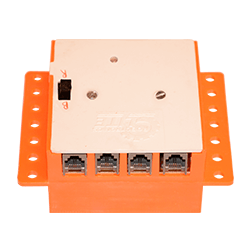
CP Lite Brain
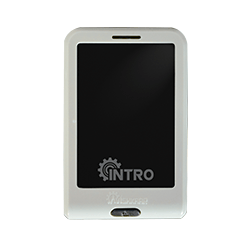
E-Series Intro Brain
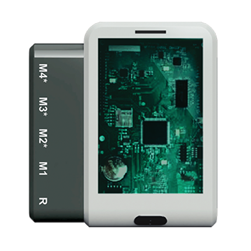
E-Series Lite Brain
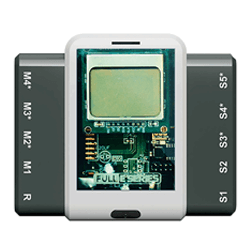
E-Series Full Brain
Motors: There is no limitation on the number of motors used per robot. Choose among the Avishkaar-manufactured ones shown here. No other motors are allowed.
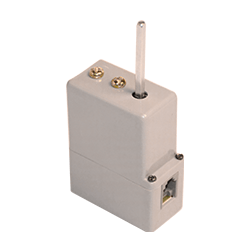
Geared Motor
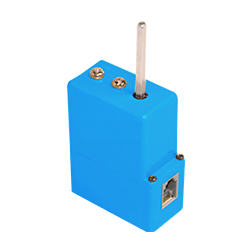
Encoded Motor
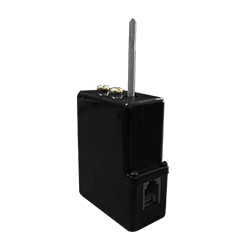
Geared Motor
Reference for the placement of props/Robots
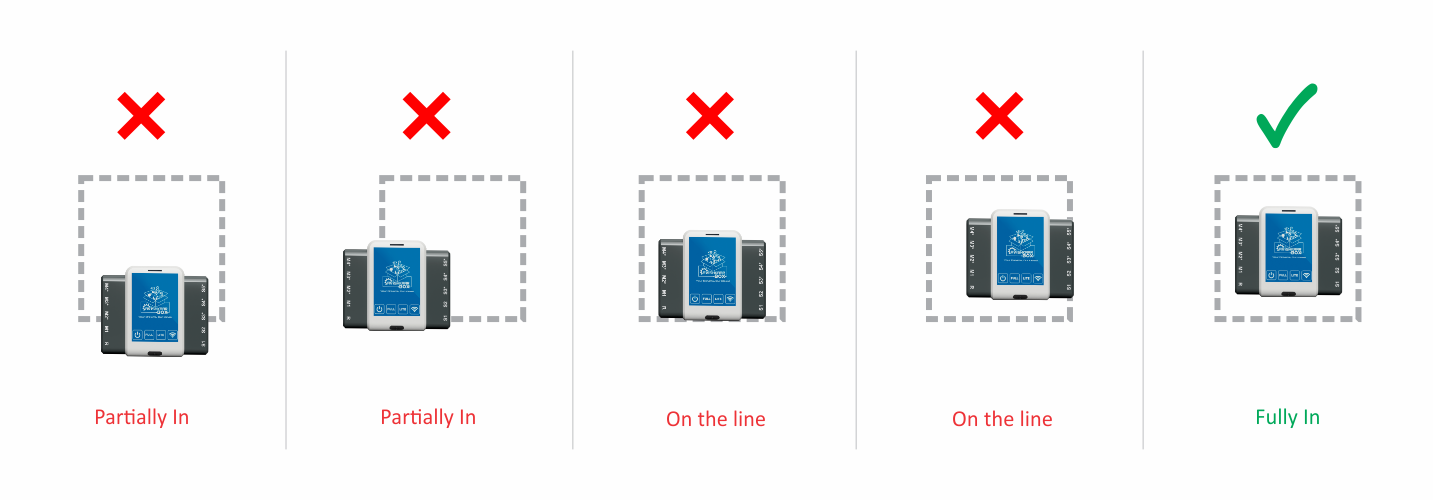
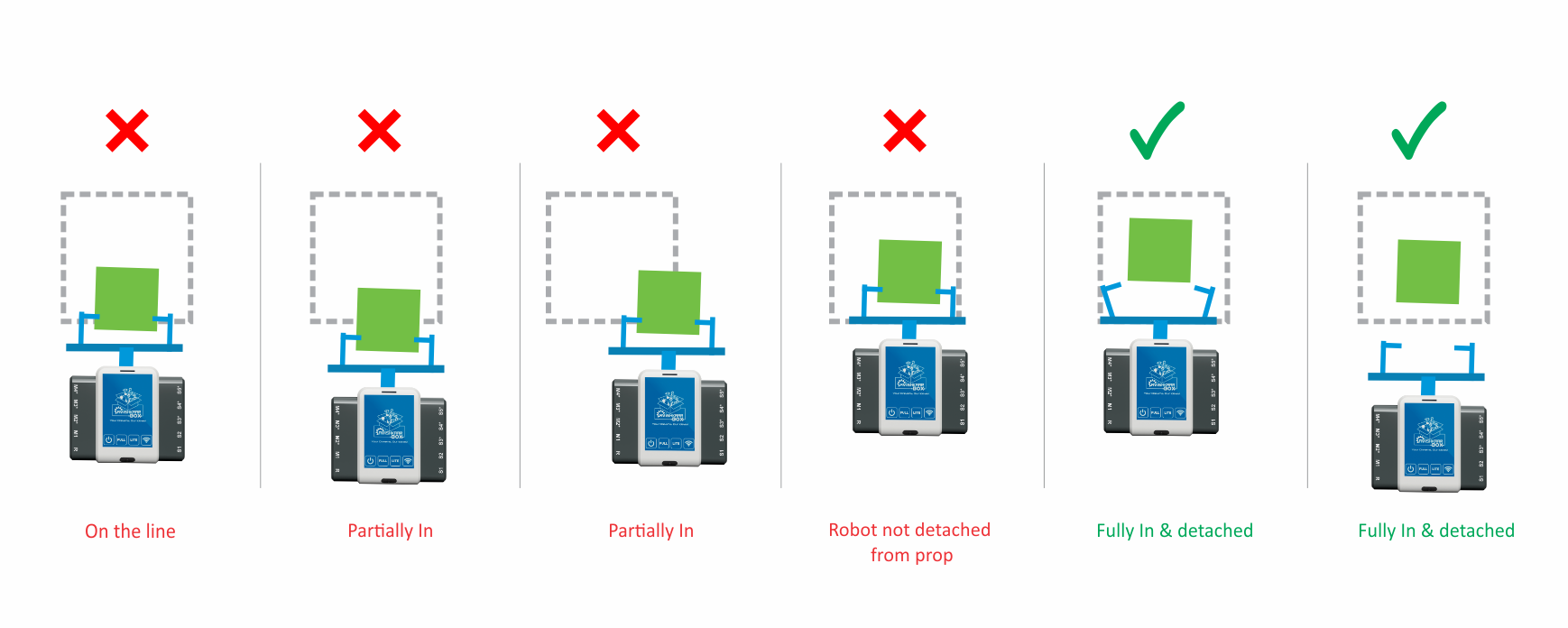
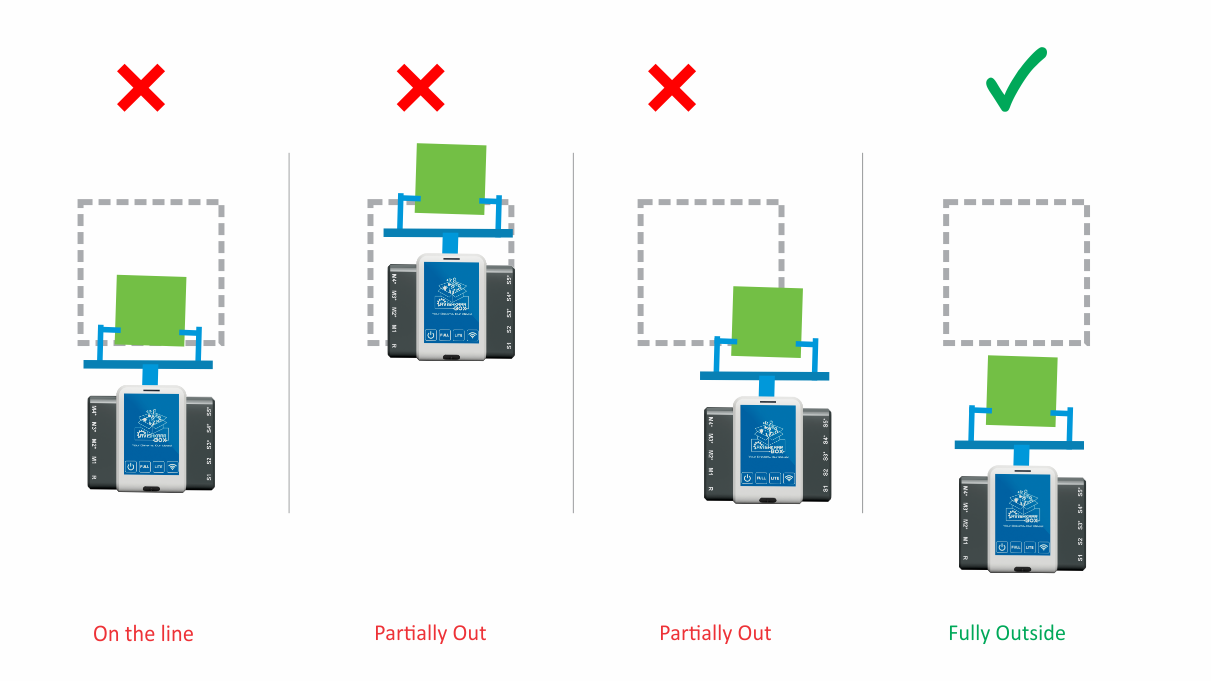

Verification of Robots
|
Note: The design shown in the image is a graphical image and no design reference must be drawn from this. For your design, please refer to the exact size details of the verification prop. Note: Bot should sit comfortably on the floor during verification. Any wheel of the bot which is in air would be liable for rejection. Note: The wheels of the bots need to be clean and shouldn't have any greasing or other material. Such actions can cause damage to the Arena and these bots will be rejected during verification. Note: Only Avishkaar Original Products are allowed. Any tempering with any product in any way is strictly prohibited. If a team is found guilty of such offence, will be barred from the IRC. |

